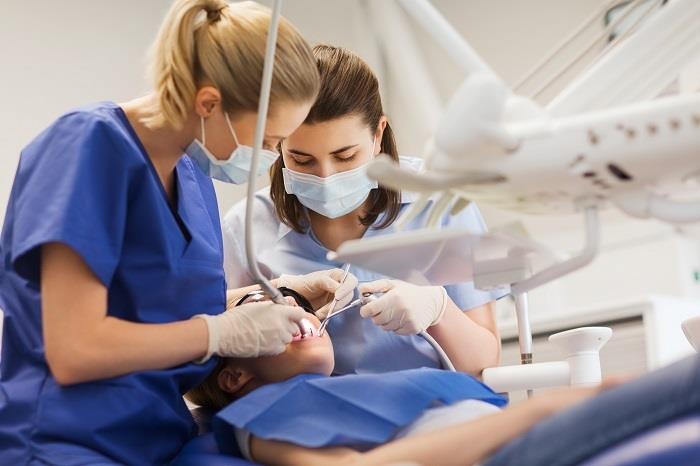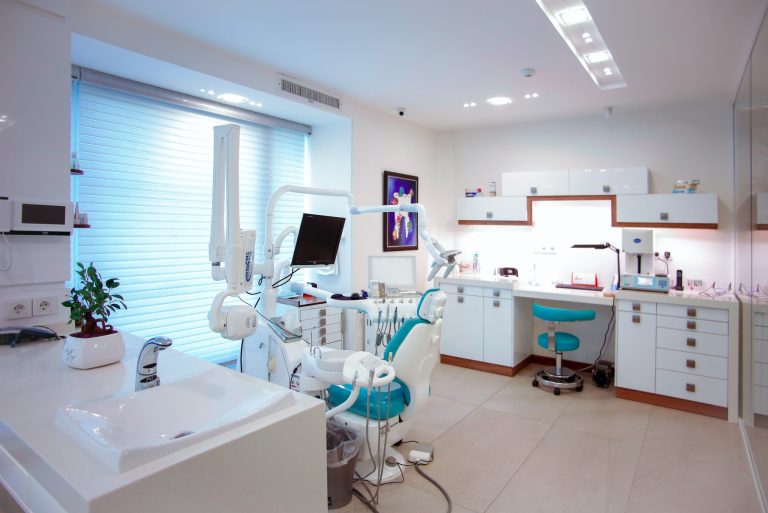New approaches that put the patient first have worked out well, but I’ve also seen them fail miserably. There are a variety of ways to offer services at extremely low prices without going bankrupt, such as participating in health maintenance organizations (HMOs) and other drastically discounted insurance plans, holding Groupon deals, etc. In some workplaces, people feel like hamsters on a wheel. They work extremely hard and become quite busy, but as a result, they have many missed appointments, “shoppers,” and customers who came in solely for the “special” deal.
Yes, you should seek out more new clients, but it’s also important to consider the long-term viability of your firm as you do so.
An Overview of What a New Patient Typically Costs and Is Worth
First, some numerical values. Here are some “national” averages, though it’s important to note that they can vary widely based on a variety of factors:
About $1,200 in annual revenue is generated with a new patient at a dental office.
By the tenth year, they will have spent roughly $400 total. Therefore, the sum total for years two through ten is $3,600.
A lifetime’s worth on average is $4,800.
On average, a dentist will spend between $250 and $350.00 on advertising in order to bring in one new patient.
The typical price of a new patient is between $250 and $351.
The data supports this conclusion. However, you do not put your knowledge to use in a hypothetical normative setting. You use this in your daily work life, and as I mentioned before, there are a number of variables that will affect the actual numbers you see in your workplace.
So, what can you do to improve your odds?
This article covers all three: 1) How to attract more high-quality new patients; 2) How to reduce your cost for attracting these new patients through efficient marketing and referral programs; and 3) How to boost the value of new patients to your practice through patient retention and increased treatment acceptance.
The first step in attracting the ideal clientele to your practice is, of course, effective marketing. There are marketing firms that may assist you with this, though it can be difficult to sift through the sea of frauds and con artists who pretend as dental marketers. Naturally, we start with efficient methods for doing this and monitoring your own marketing initiatives rather than relying solely on a marketing agency.
There is a good reason why this event isn’t titled “DENTAL MARKETING Workshop,” but rather “NEW PATIENT Workshop.” The reason is that some of the most important aspects of expanding your practice and boosting your profits have nothing to do with advertising. The steps involved are those taken once a patient phones your office to make an appointment.
Maximizing the Return on Investment Per New Patient.
Using the preceding figures as a starting point. Here are the three areas that might increase (or decrease, if handled incorrectly) your “value per new patient.”
Retention and Recall of Patients
By neglecting recall patients in favor of acquiring new ones, dentists can see their business steadily wither. Trying to grow a business based on one-and-done visitors is a fool’s errand. Those who see only new patients each month are, in effect, launching a new medical practice.
Patients like this need to be kept in a recall pool. Patients will leave if you haven’t been increasing the number of hygiene days offered or, even worse, if you don’t have a recall mechanism in place. Not only does this reduce their lifetime value, but it also runs counter to your professional mission as a dentist, which is to promote dental health in your patients and prevent disease.
Dentists face a far larger challenge than they think with patient retention.
As an individual, I find it difficult to trust the idea that the “average” patient remains with a practice for a decade. The basic notion of an “active” patient supplied to us by the industry is problematic.
According to the staff, a “current patient” is one who has visited the clinic within the last two years. This may be a reasonable estimate from the point of view of valuing your practice, but it won’t help you much in day-to-day business.
However, how frequently should one visit the dentist? In cycles of 3, 4, or 6 months. The answer you will get from the average individual on the street is “twice a year.”
How many patients have seen you within the past six months? Get a report out of your medical record system. Very informative!
We often find this number to be 10-20% or lower of their patients who are actively on a recall program. This means that between 80 and 90 percent of their patients are leaving for one reason or another.
My recommendation is to stress the importance of cleanliness to both your patients and your personnel.
Referrals
Everybody knows it. “Word of mouth is the best source for new patients.” Word-of-mouth is the cheapest and most successful marketing approach. However, it is rarely the subject of discussion.
It’s best to think about it like this:
Total costs for a new patient average $4,800.
The average person has an intimate connection with three persons via their household or close family: 3 instant referrals
Including referrals, the value of a new patient is $19,200.
By promoting the referrals and ensuring you serve the complete family, you’ve now tripled the value of each new patient — without increasing your marketing expense!
If you’re extremely successful at what you do, each of those three people will also have at least one other close friend or family member they may refer, for a grand total of six possible referrals and $33,600!
And don’t forget that other number—somewhere between $250 and $300—representing the average cost to GET a new patient. If you spend $300 on advertising to attract a new patient, and that patient refers two more, your acquisition cost drops to $150. They’ll get $75 off their next purchase if they bring you three new customers.
In light of this, it stands to reason that you should devote considerable energy to generating referral business. But I know how it is — asking for referrals comes out as “cheesy,” so even if you encourage your team to do it, they don’t. You may have even tried a referral program of some kind in your office that didn’t exactly produce the “buzz” you were hoping.
Never give up! Ask your patients who their family members see. Tell them that you’re trying to improve the health of the entire neighborhood and ask if they know anyone else who might be interested in making an appointment. You’d be thrilled to see them.
It has also been repeatedly demonstrated that patients who agree to and complete their entire treatment programs (rather than just the least that insurance covers) are more likely to recommend your services to their friends and family.
It’s just a fact. People who are getting healthier are more likely to refer. And this leads me into my next point:
The Case Acceptance
The most crucial information is presented last. Why do I think it’s the most crucial?
Patients who complete their treatment plan and feel better about their experience in the clinic are more likely to refer their friends and family to the practice and keep coming back for follow-up care, making this the most straightforward strategy for increasing revenue per patient. Case acceptance enhancement can increase new patient revenue by as much as $7,000 to $8,000.
Earnings improve as a result of taking such action. It’s basically an indicator that you’re actually helping your patients.
It can be difficult to offer a large treatment plan to a new patient. That’s because they haven’t had enough time to get to know you. What will they think if you inform them on the first appointment that they need treatment costing thousands of dollars? Surely, they will flee at this point? They’ll probably assume that you’re a shady used-car dealer.
In reality, no. If you and your staff have done a fantastic job of connecting with the patient and explaining why they need the procedure, they won’t try to avoid it.
BONUS TIP: Training your front desk to answer the phones:
Those clever folks at Viva Concepts ran a study that piques our attention. They looked at data from 10,000 offices and discovered that only 23% of callers are converted into new patient appointments on average.
This means that 77% of marketing funds in the typical office are being wasted. Training the front desk to properly answer the phone and schedule new patients has helped several businesses quadruple their patient intake (at a fraction of the acquisition expense) in my experience.
So, training for the front desk should be a priority. Hear a few phone conversations. Help them gain confidence by having them practice answering a variety of call kinds.







